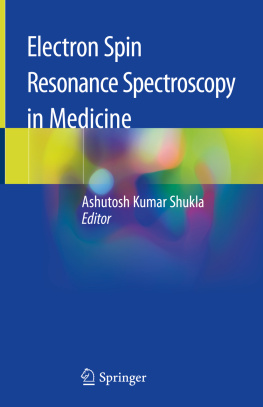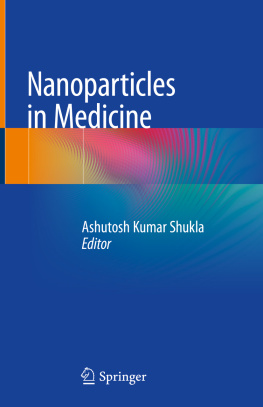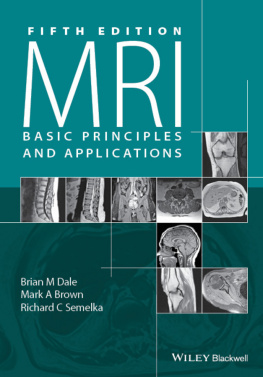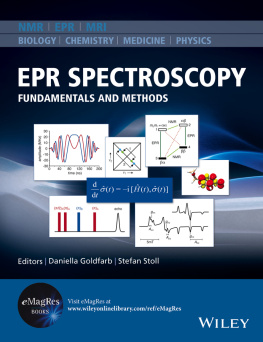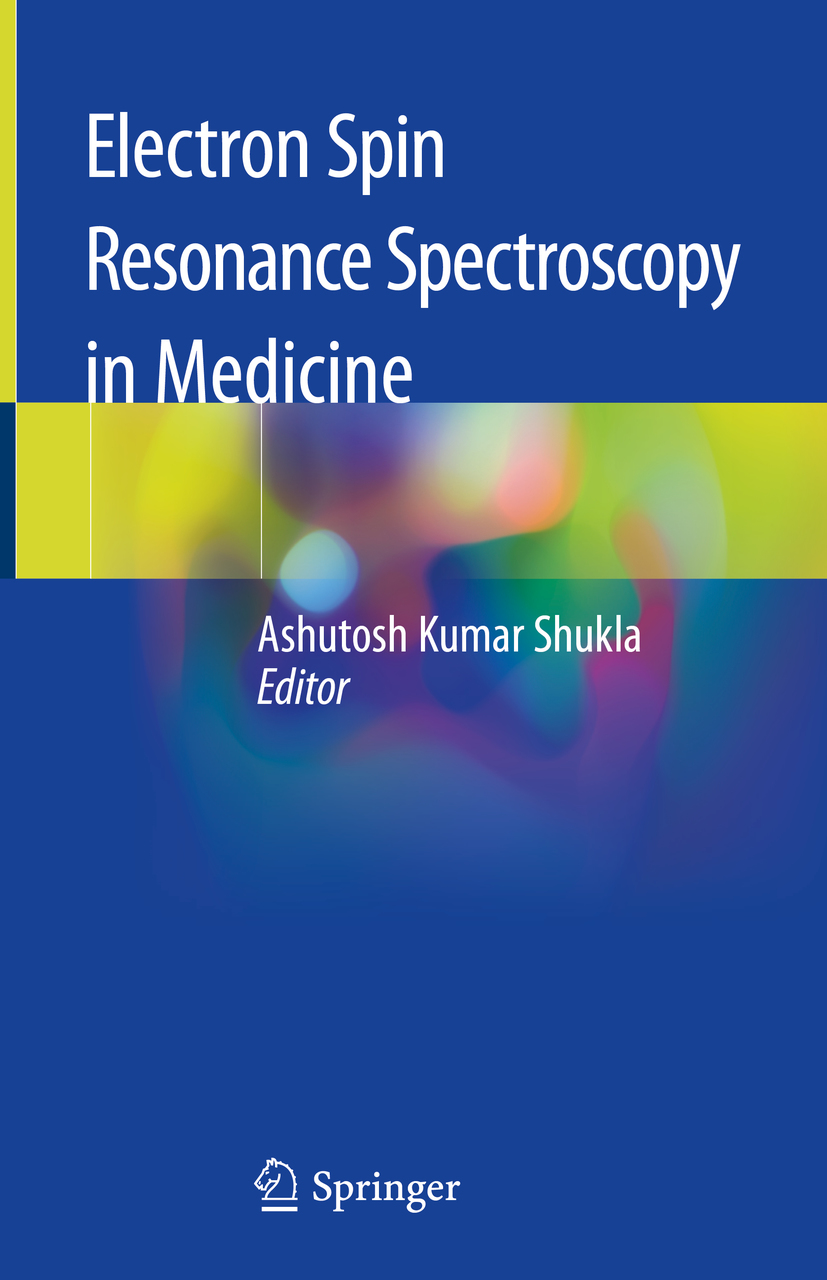Editor
Ashutosh Kumar Shukla
Physics Department, Ewing Christian College, Allahabad, Uttar Pradesh, India
ISBN 978-981-13-2229-7 e-ISBN 978-981-13-2230-3
https://doi.org/10.1007/978-981-13-2230-3
Library of Congress Control Number: 2018958539
Springer Nature Singapore Pte Ltd. 2019
This work is subject to copyright. All rights are reserved by the Publisher, whether the whole or part of the material is concerned, specifically the rights of translation, reprinting, reuse of illustrations, recitation, broadcasting, reproduction on microfilms or in any other physical way, and transmission or information storage and retrieval, electronic adaptation, computer software, or by similar or dissimilar methodology now known or hereafter developed.
The use of general descriptive names, registered names, trademarks, service marks, etc. in this publication does not imply, even in the absence of a specific statement, that such names are exempt from the relevant protective laws and regulations and therefore free for general use.
The publisher, the authors, and the editors are safe to assume that the advice and information in this book are believed to be true and accurate at the date of publication. Neither the publisher nor the authors or the editors give a warranty, express or implied, with respect to the material contained herein or for any errors or omissions that may have been made. The publisher remains neutral with regard to jurisdictional claims in published maps and institutional affiliations.
This Springer imprint is published by the registered company Springer Nature Singapore Pte Ltd.
The registered company address is: 152 Beach Road, #21-01/04 Gateway East, Singapore 189721, Singapore
Preface
This collection intends to describe the applications of electron spin resonance (ESR) spectroscopy in the medical field. Mathematical details have been kept at a necessary minimum so as to make the collection more meaningful for readers from different disciplines.
Chapter .
I am especially thankful to the expert contributors for making this collection a unique addition to the existing knowledge base. I sincerely thank Dr. Naren Aggarwal, Executive Editor, Clinical Medicine, Springer (India) Private Limited, for giving me opportunity to present this book to the readers. I also thank Teena Bedi, Associate Editor (Clinical Medicine), Springer (India) Private Limited and Mr. Kumar Athiappan, Project Coordinator (Books), Springer Nature, for their support during the publication process.
I am grateful to Professor Ram Kripal, Department of Physics, University of Allahabad; Prof. Raja Ram Yadav, Vice-Chancellor, V.B.S. Purvanchal University, Jaunpur; Dr. A. D. M. David, Principal, Ewing Christian College, Allahabad; and my colleagues for their constant encouraging remarks and suggestions during the development of this volume.
I could complete this task with the blessings of my parents. My brother Dr. Arun K. Shukla, Department of Biological Sciences and Bioengineering, Indian Institute of Technology, Kanpur, has suggested the best in many ways and words are insufficient to thank him. I wish to thank my wife Dr. Neelam Shukla, my daughter Nidhi, and son Animesh for their patience during the progress of this work.
Ashutosh Kumar Shukla
Allahabad, India
September 2018
Contents
Bernadeta Dobosz and Ryszard Krzyminiewski
Magorzata Dutka , Janusz Pyka and Przemysaw M. Ponka
Germn Barriga-Gonzlez and Claudio Olea-Azar
Siavash Iravani and Ghazaleh Jamalipour Soofi
eyda olak
Bruno Luiz Santana Vicentin and Eduardo Di Mauro
Shin Toyoda
Martyna Krzykawska-Serda , Dominika Michalczyk-Wetula and Przemysaw M. Ponka
Przemysaw M. Ponka
About the Editor
Ashutosh Kumar Shukla
obtained his B.Sc., M.Sc., and D. Phil. degrees from the University of Allahabad. His doctoral research work involved using electron spin resonance spectroscopy and optical absorption spectroscopy to investigate transition ion-doped single crystals. He has teaching and research experience of more than 17 years and is currently an Associate Professor of Physics at Ewing Christian College, Allahabad, a University of Allahabad institution. He also served as an Associate Professor (Pure and Applied Physics) at Guru Ghasidas Vishwavidyalaya, Bilaspur, C.G. (a central university).
Dr. Shukla has successfully completed research projects in the area of electron spin resonance funded by the University Grants Commission, the apex body of higher education in India. He has visited different countries including U.S.A., U.K., Germany, Spain, and Russia to present his work at international events. He has published numerous research papers in peer-reviewed journals and has edited various volumes. He has delivered several invited lectures on characterization techniques at national and international conferences and workshops. He reviews manuscripts for a number of international journals.
He has received many scholarships and fellowships, including National Scholarship, Scholarship of Ministry of Higher Education, Government of U. P.; Research Fellowship of the Council of Science & Technology, Lucknow, U.P.; Research Fellowship of the Council of Scientific & Industrial Research, New Delhi; and the Indian National Science Academy-Bilateral Exchange Fellowship.

